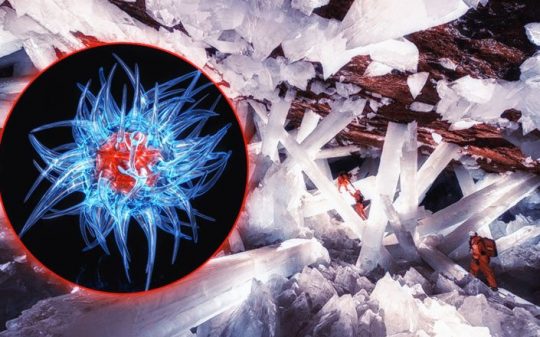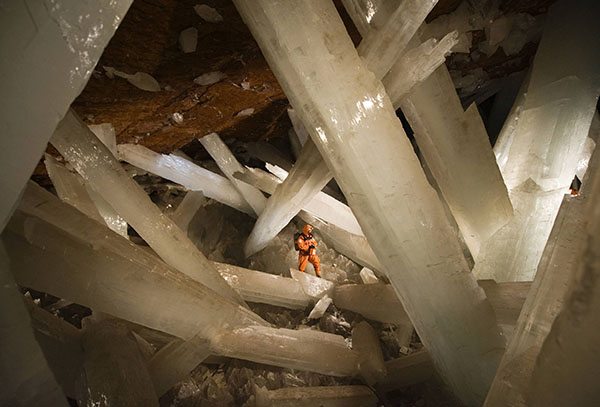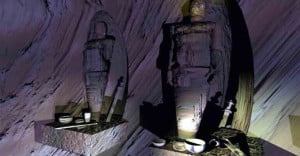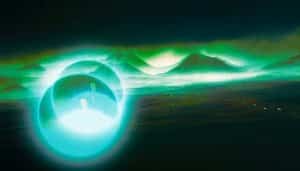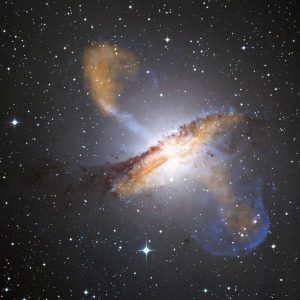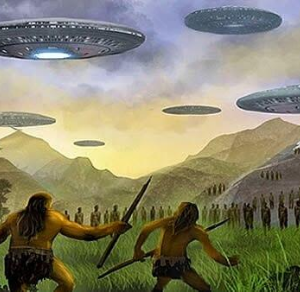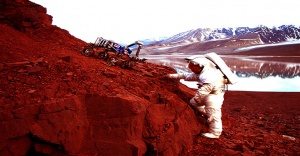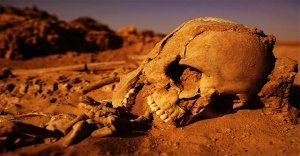Hidden in one of the strangest, most beautiful places on Earth lies an organism that will change our perception of living things.
The Cave of the Crystals in Naica, Mexico is a unique place and one of the most majestic cave systems in the world. It is home to some of the largest natural crystals ever found on Earth, arranged in a spectacular display that seems out of this world.
And a recent discovery shows that it is home to something even more sensational, an ancient organism that is found nowhere else. The strange life form has the potential to turn the scientific world on its head and completely rewrite the way we understand and classify living things.
Located at a depth of 980 feet below surface, the Giant Crystal cave was discovered in 2000 by miners excavating a tunnel under the Naica silver mines. They were stunned to discover giant selenite crystals, the largest of them measuring 39 feet in length and weighing 55 tons.
As dazzled as they were by nature’s huge crystal shop, the miners could only stay down there for 10 minutes at a time. The air temperature never falls below 136 ºF (58º Celsius) while the humidity varies between 90 and 99 percent. Due to these harsh conditions, the cave has remained a tantalizing prospect for explorers, one that remains inaccessible without proper protection.
These extreme conditions are also what makes the cave system a place of great interest for scientists who study extremophiles, microscopic organisms that thrive in brutal conditions seen as unsuitable for life.
Recently, NASA scientists managed to single out a group of dormant extremophiles trapped inside the giant crystals. The scientists estimate the microbes could be anywhere between 10,000 and 50,000 years old, making them an ancient, once thriving colony.
Even though the microbes have been dormant for millennia, they are very much alive.
These organisms have been dormant but viable for geologically significant periods of time, and they can be released due to other geological processes.”
Despite the fact that no light has ever penetrated the depths of the crystal cave, the microbes seem to be doing just fine. They rely on a process called chemosynthesis to obtain their daily bread from what metals are present in the crystals.
Leading the team that made the discovery was the Director of NASA’s Astrobiology Institute in Moffett Field, CA, Dr. Penelope Boston. She revealed their findings at this year’s meeting of the American Association for the Advancement of Science:
“Other people have made longer-term claims for the antiquity of organisms that were still alive, but in this case these organisms are all very extraordinary – they are not very closely related to anything in the known genetic databases,” Dr. Boston said.
This discovery proves there is a much greater diversity for life than previously thought and it could cause scientists to rethink the way biology works. It could also extend the meaning of “alive” to other, previously sterile areas.
